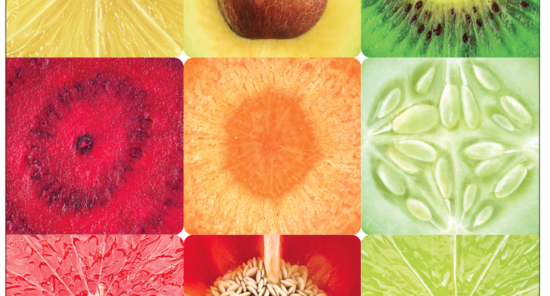Credit: Original article published here.Chronic kidney disease (CKD) affects approximately 13% of the population of the United States. Many patients adhere to preventive dietary patterns; however, according to Shirin Pourafshar, PhD, MSCR, RDN, and colleagues, empiric evidence to guide use of such measures is limited. Current dietary guidelines for patients with CKD focus on recommended nutrient intakes (sodium, potassium, and phosphorous) rather than on whole foods such as fruits and vegetables. Patients with CKD at risk for hyperkalemia limit intake of fruits and vegetables to avoid excess dietary potassium intake. Patients with mild-to-moderate CKD do not face a high risk of hyperkalemia, and restriction of dietary potassium may lower consumption of healthy foods such as fruits and vegetables. The 2000 update to the Clinical Practice Guideline for Nutrition in CKD from the National Kidney Foundation and the Academy of Nutrition and Dietetics includes the need for further evidence on food patterns and intake of fruits and vegetables in patients with CKD. Dr. Pourafshar et al conducted a study to examine the relationship between CKD and intake of fruits and vegetables in US adults with and without CKD. Results were reported in the Journal of Renal Nutrition [2023;33(1):88-96]. The researchers characterized
Fruit and Vegetable Intake Among Patients With CKD


